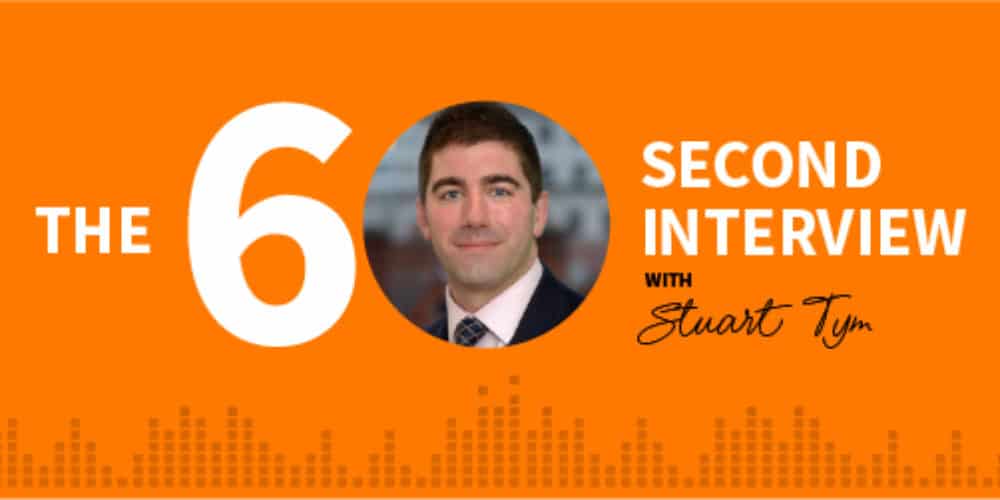
Stuart is a Senior Associate at Irwin Mitchell and part of the national planning and environment team. Stuart has broad planning experience both in the public sector (advising both district (s.106, affordable housing and viability, planning inquiries an enforcement matters) and county level planning authorities (waste, coal, minerals, highways); he also trained at and has plenty of post qualification experience in the private sector too
- What made you decide to become a planning lawyer?
Pure chance. I got lucky! To be honest, I wanted to be criminal lawyer but I was offered a training contract at a niche property and planning firm who must have liked the look of me.
The firm I trained at really did specialise in planning and development work so unlike the traditional 4 x 6 month seats trainee’s often do I did 3 x 8 months with 8 months in contentious planning (appeals and the High Court) and 8 months in non-contentious planning (s.106’s and the like). After that the choice was whether I wanted to be on a site visit or to be getting the colouring pencils out on a sunny Friday afternoon. I fell in love with the variety of the work in planning and the real ability to shape the communities we live in.
- What have been the significant changes in planning law in your view over the last 10 years?
It’s a very long list and you’ve only given me 60 seconds!
One of the exciting things about being a planning lawyer is that change itself is more consistent than anything else. Planning was responding to the ‘Barker Review’ as I started and not a year has gone by without a major change being consulted upon or brought in since.
The massive shake up of use classes last summer remains one of the biggest changes for decades, not just this decade, and I hope the significance of the responses to the pandemic, introducing permitted developments to cater for the needs of both the NHS and businesses will continue to be seen with some of the positive change being retained once we return to a “new normal”; unfortunately virtual committees already appear to have fallen by the wayside.
- Which of the core areas within the commercial practice/planning at Irwin Mitchell do you find most exciting?
All of them! Variety makes the world go round. Selfishly I enjoy constantly finding new ways in which planning can influence other areas of law or be of assistance to other clients.
- What will be the biggest challenges in your view to re-shaping the high street?
A combination of mastering the “law of unintended consequences” and remembering that as important as the planning system is, it does not rule the High Street. Landlords do!
Use Class E removes from the definition of development the movement between a variety of types of uses. In doing that we have moved rapidly away from “town centre” first policies which have attempted (with varying degrees of success) to protect the town centre and locate retail uses there first. It is intentional deregulation in the hope that the market will put the High Street’s problems right. It is then important to remember that one needs both public and private rights to develop property and a lot of “High Street” real estate is controlled by institutional investors and landlords; it remains to be seen how keen they will be to pass the planning freedoms on. It certainly an interesting time to be working in this area.
